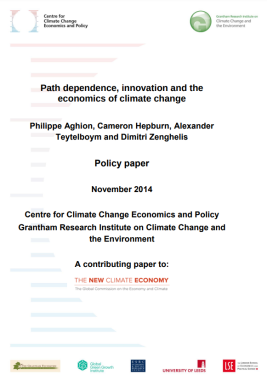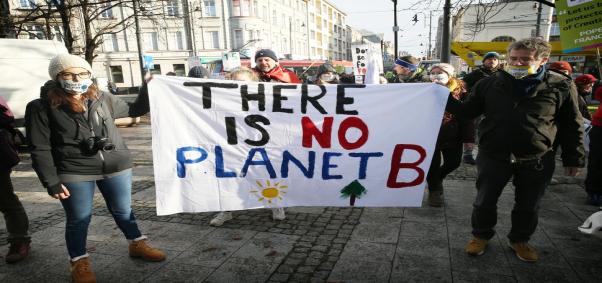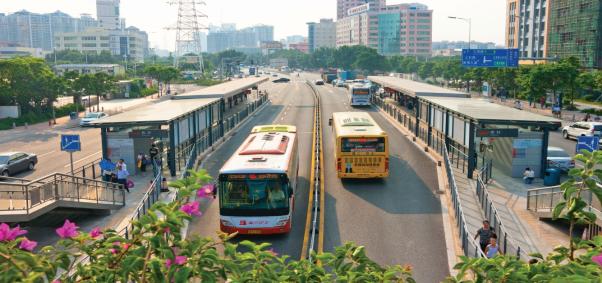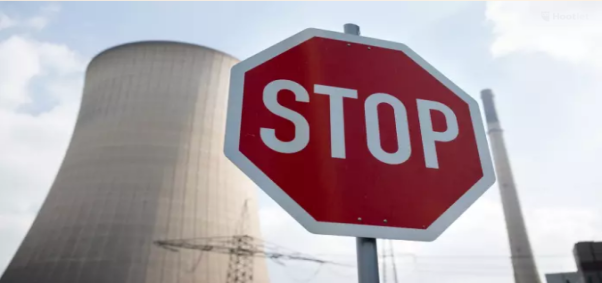
Shifting our fossil-fuelled civilisation to clean modes of production and consumption requires deep transformations in our energy and economic systems. Innovation in physical technologies and social behaviours is key to this transformation. But innovation has not been at the heart of economic models of climate change. This paper reviews the state of the art on the economics of innovation, applies recent insights to climate change. The core insight is that technological innovation is a path-dependent process in which history and expectations matter greatly in determining eventual outcomes
Downloads
460.21 KB
7.34 MB
705.66 KB
![]() Une Meilleure Croissance, Un Meilleur Climate: Executive Summary
Une Meilleure Croissance, Un Meilleur Climate: Executive Summary
725.84 KB
324.68 KB
902.91 KB
859.04 KB
![]() Pertumbuhan Lebih Baik Iklim Lebih Baik: Ringkasan Eksekutif
Pertumbuhan Lebih Baik Iklim Lebih Baik: Ringkasan Eksekutif
7.68 MB
3.64 MB
3.54 MB
1.44 MB
2.8 MB
2.13 MB
3.48 MB
3 MB
10.28 MB
3.31 MB
983.99 KB
5.92 MB
2.24 MB
1.04 MB
8.49 MB
2.04 MB
2.66 MB
111.69 KB
2.55 MB
5.8 MB
4.08 MB
2.04 MB
![]() India: Pathways to sustaining rapid development in a new climate economy
India: Pathways to sustaining rapid development in a new climate economy
570.48 KB
![]() Seeing Is Believing: Creating a New Climate Economy in the United States (Summary)
Seeing Is Believing: Creating a New Climate Economy in the United States (Summary)
3.54 MB
![]() Seeing Is Believing: Creating a New Climate Economy in the United States
Seeing Is Believing: Creating a New Climate Economy in the United States
640.04 KB
![]() Path Dependence, Innovation and the Economics of Climate Change
Path Dependence, Innovation and the Economics of Climate Change




















